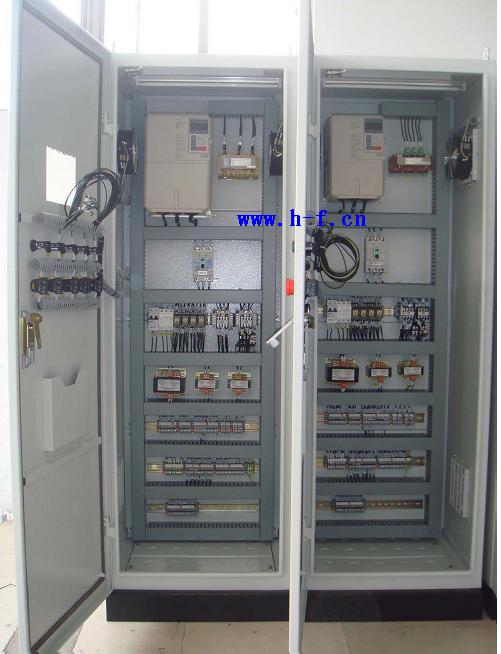Enhancing Electrical Cabinet Security with Innovative Seal Locks and Smart Technologies
In the rapidly evolving world of industrial automation, electrical cabinets hold critical components that need to be safeguarded from unauthorized access, tampering, and potential cyber threats. Traditional cabinet locks have their limitations, but recent advancements in technology are revolutionizing the way we secure these vital assets.
Integrating seal locks into electrical cabinets is no longer a mere security measure; it’s a strategic step towards smart and resilient protection. These advanced locks employ biometric recognition, keyless entry systems, or even encrypted Bluetooth connectivity. They not only prevent physical intrusion but also provide real-time monitoring and alerts, ensuring prompt response to any suspicious activity.
Smart solutions such as Internet of Things (IoT) integration allow for remote management of cabinet seals. This enables facility managers to track cabinet access history, receive notifications on lock status, and even trigger alarms if the seal is compromised. By incorporating artificial intelligence, these systems can learn normal usage patterns and raise red flags when anomalies occur, enhancing overall security.
Moreover, the use of smart sensors within the cabinets can detect environmental changes like temperature fluctuations, humidity, or smoke, alerting personnel about possible hazards before they escalate. This proactive approach to safety complements the physical barrier provided by seal locks.
To f urther strengthen security, some cabinets now incorporate blockchain technology, offering an immutable record of all cabinet access events. This ensures traceability and accountability, preventing both internal and external attempts at data manipulation or theft.
urther strengthen security, some cabinets now incorporate blockchain technology, offering an immutable record of all cabinet access events. This ensures traceability and accountability, preventing both internal and external attempts at data manipulation or theft.
In conclusion, integrating seal locks and smart technologies into electrical cabinets is a forward-thinking strategy that combines physical security with digital resilience. It transforms mundane locks into intelligent guardians, providing a comprehensive layer of protection for sensitive equipment and data. As technology continues to advance, so too will our ability to secure our electrical infrastructure, fostering a safer, more efficient work environment.